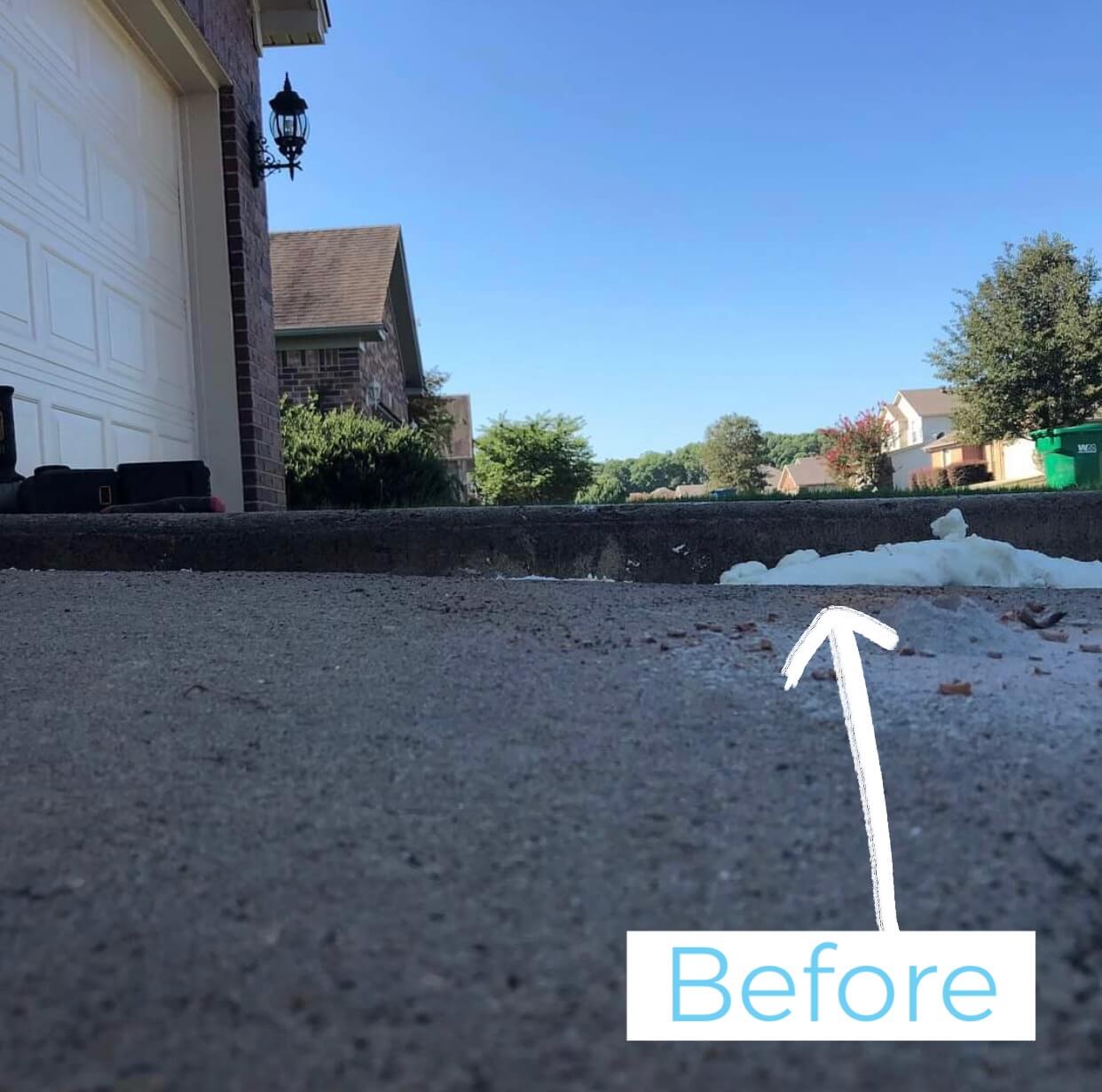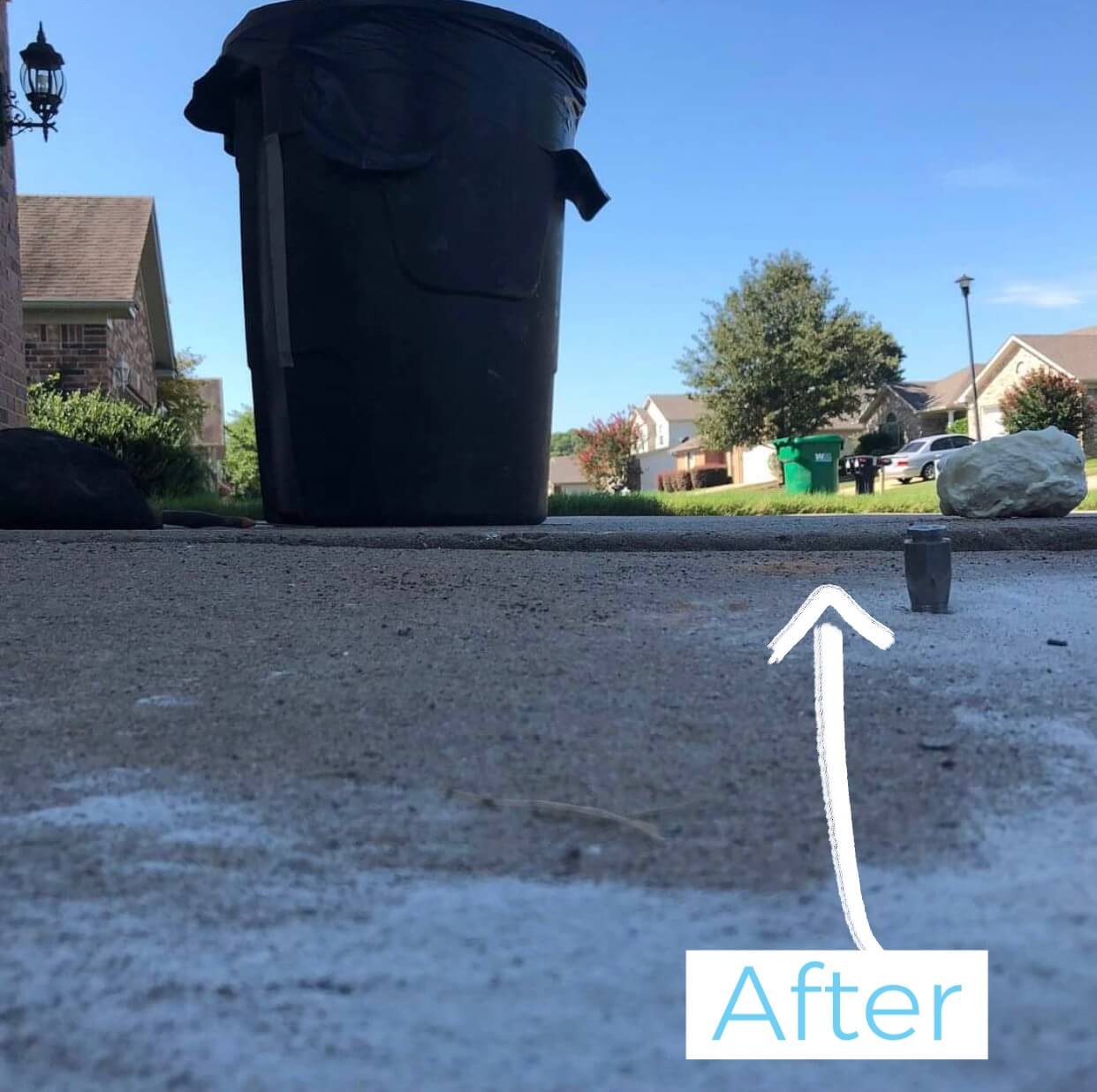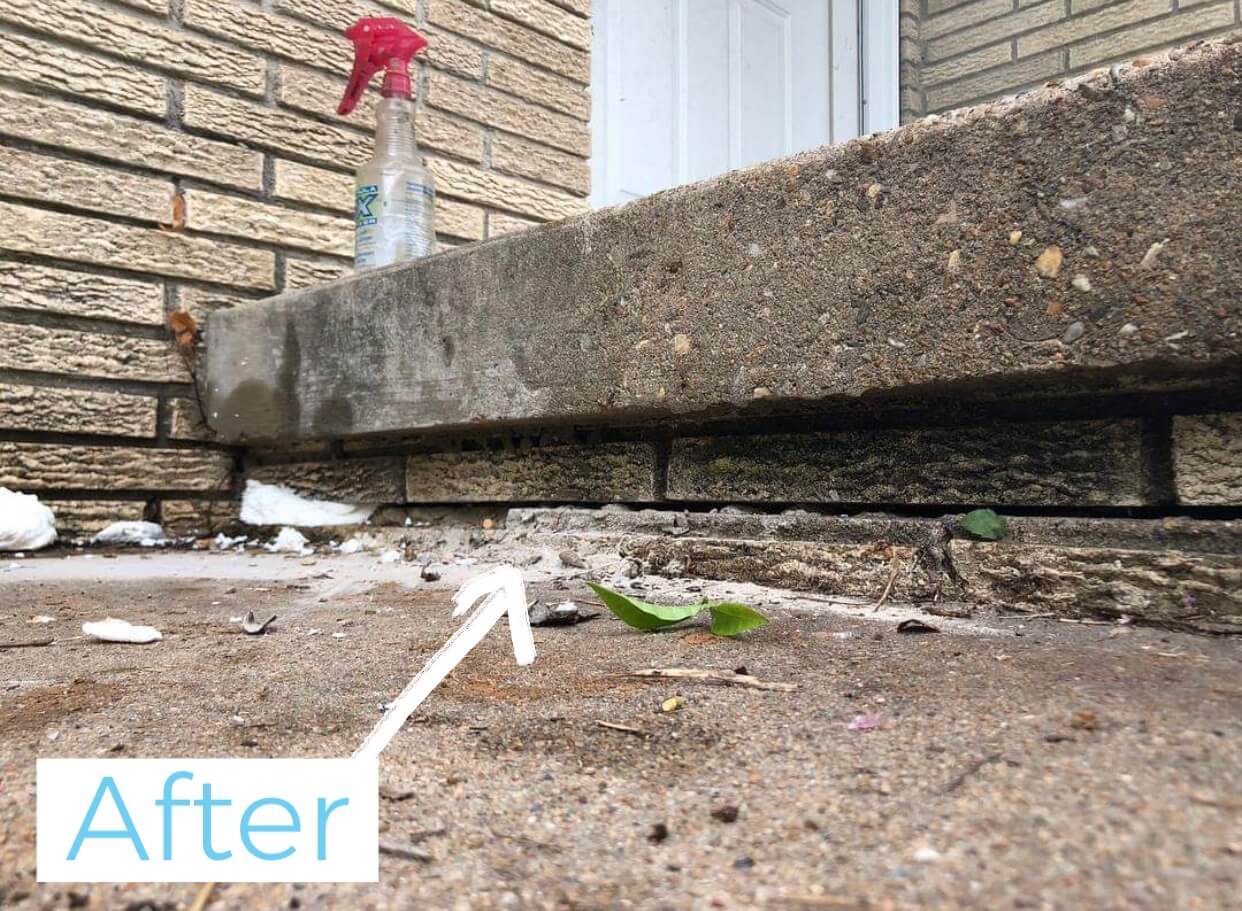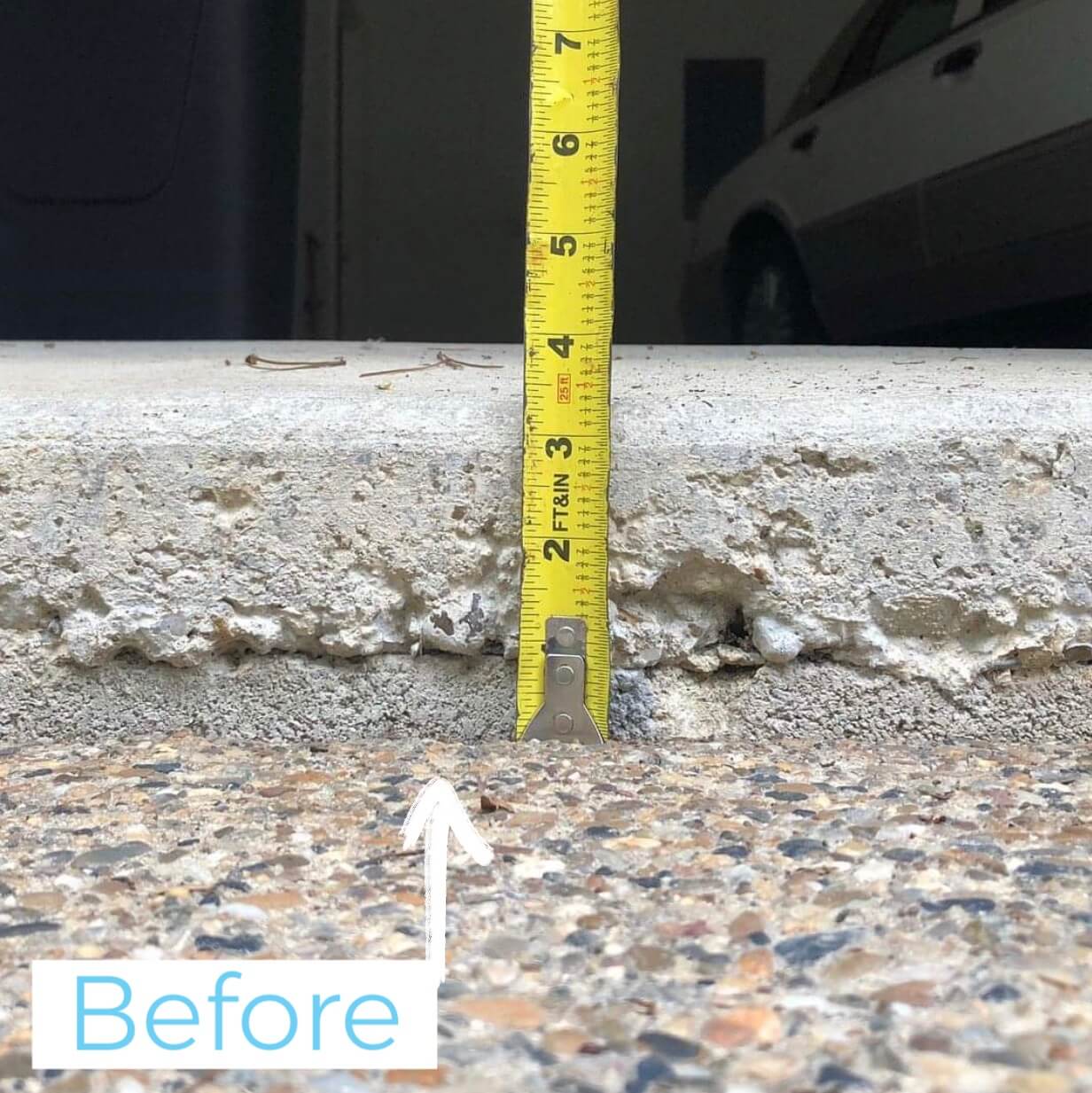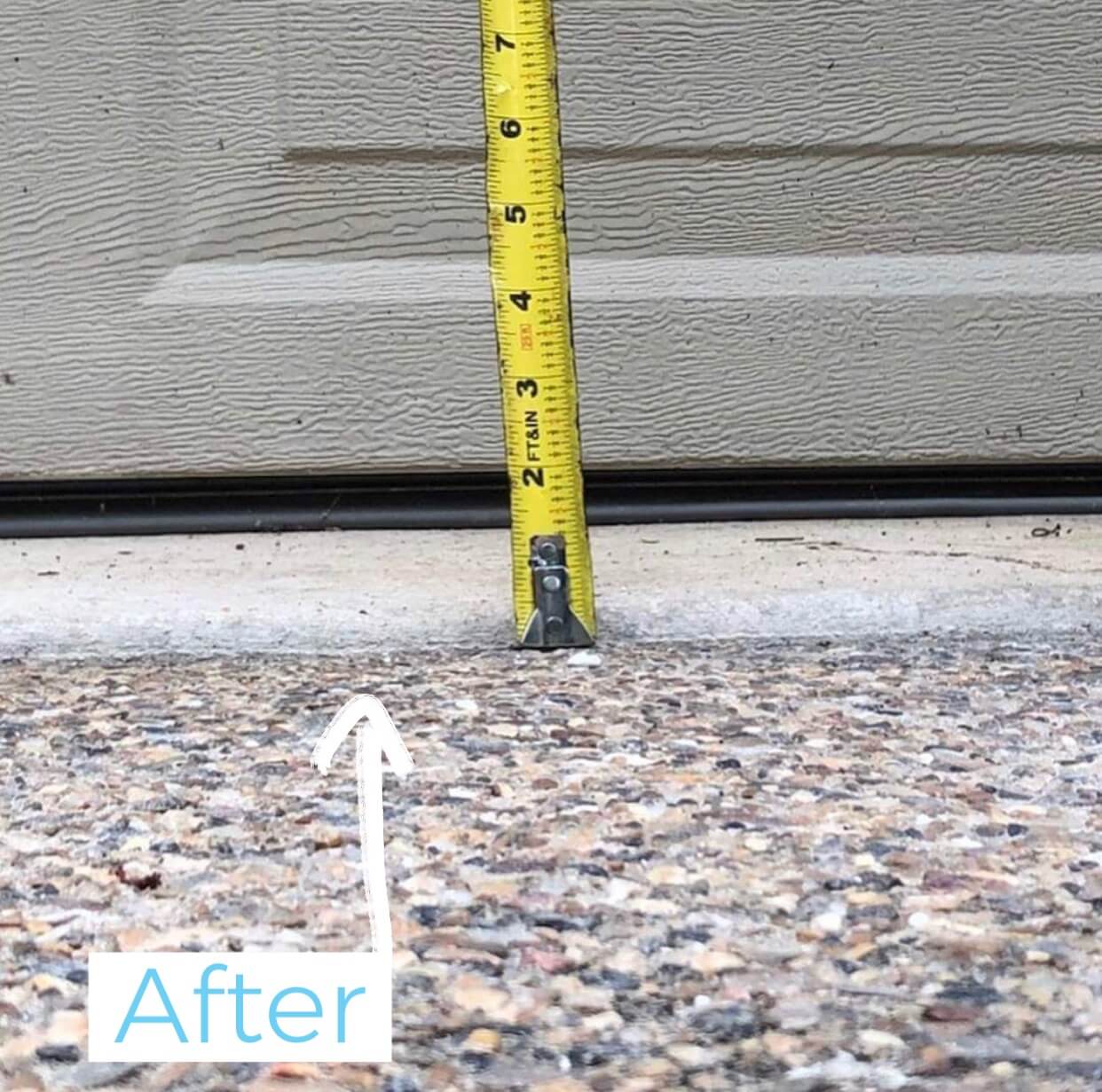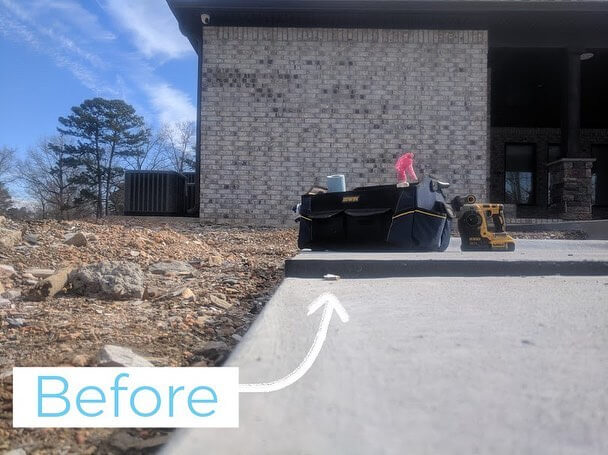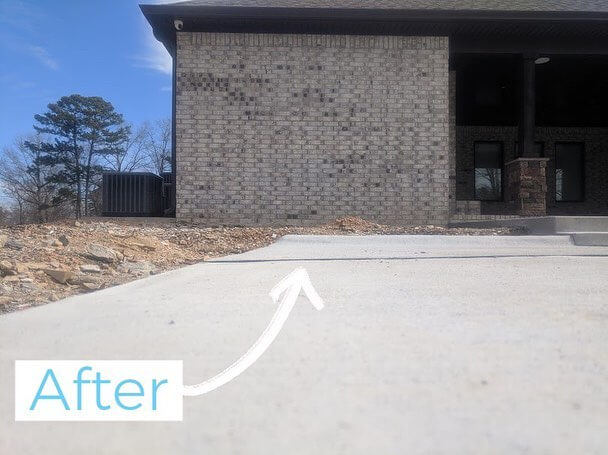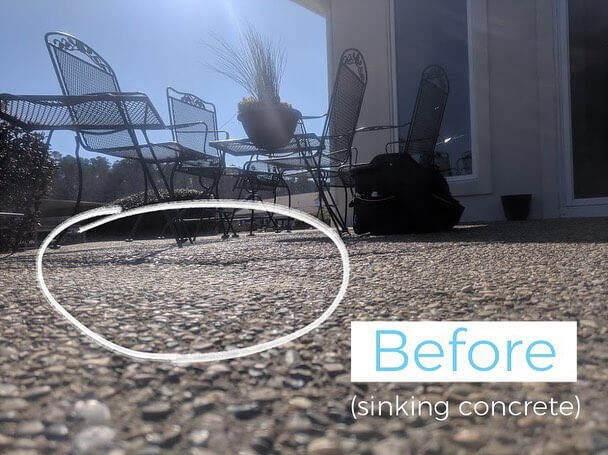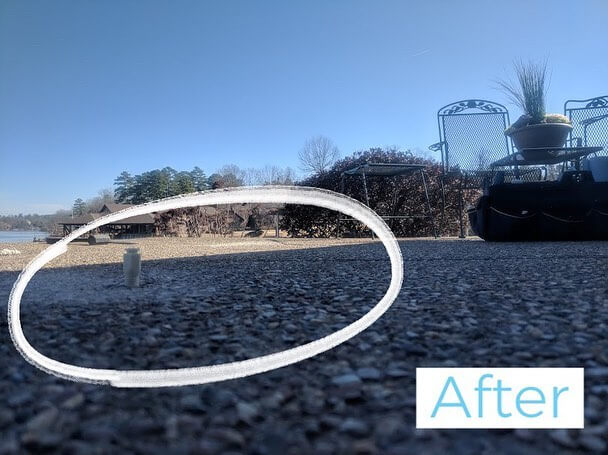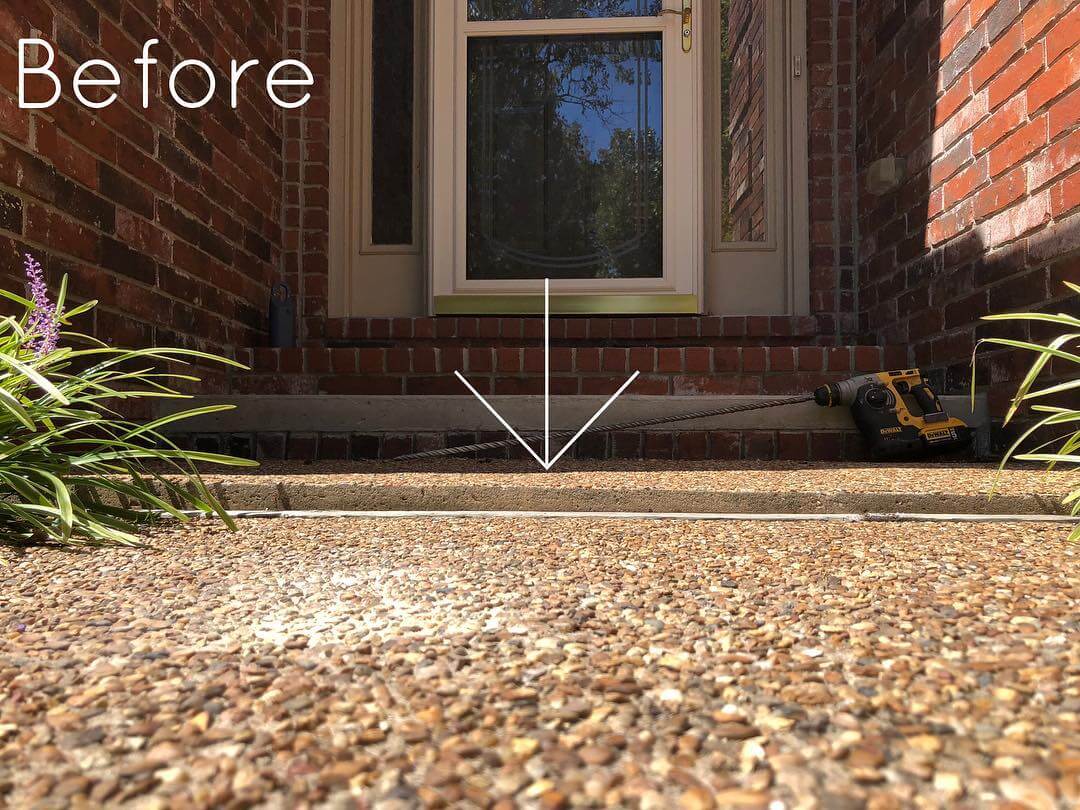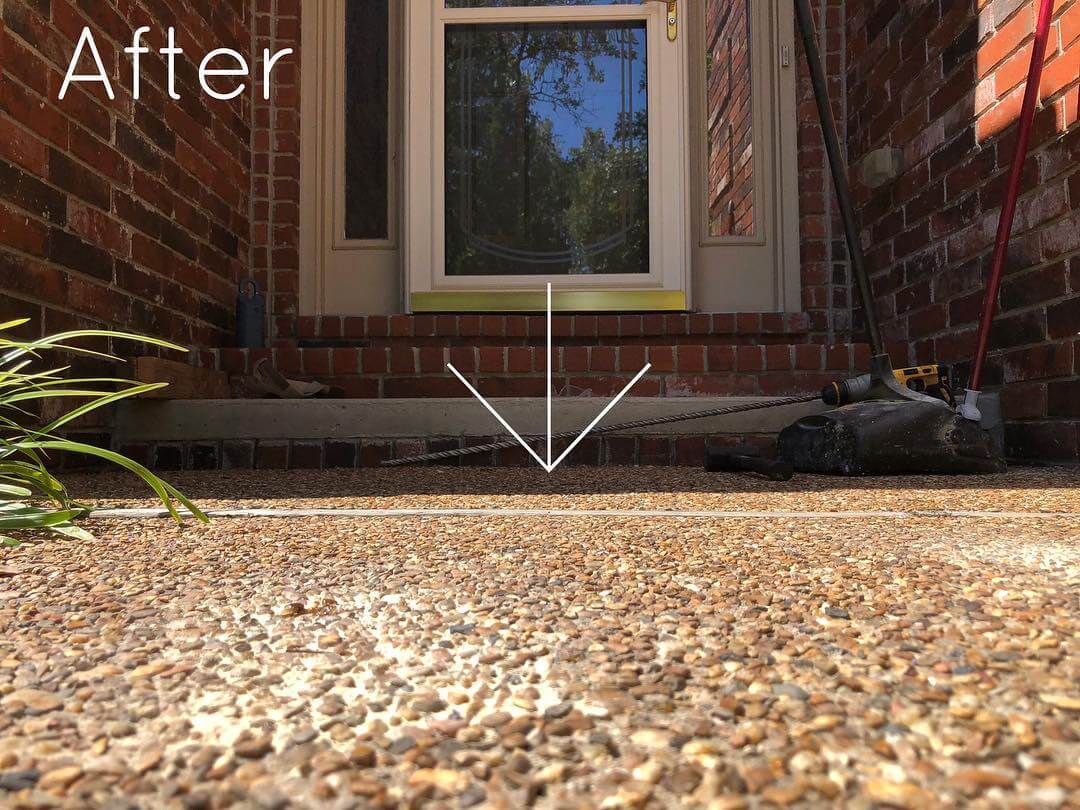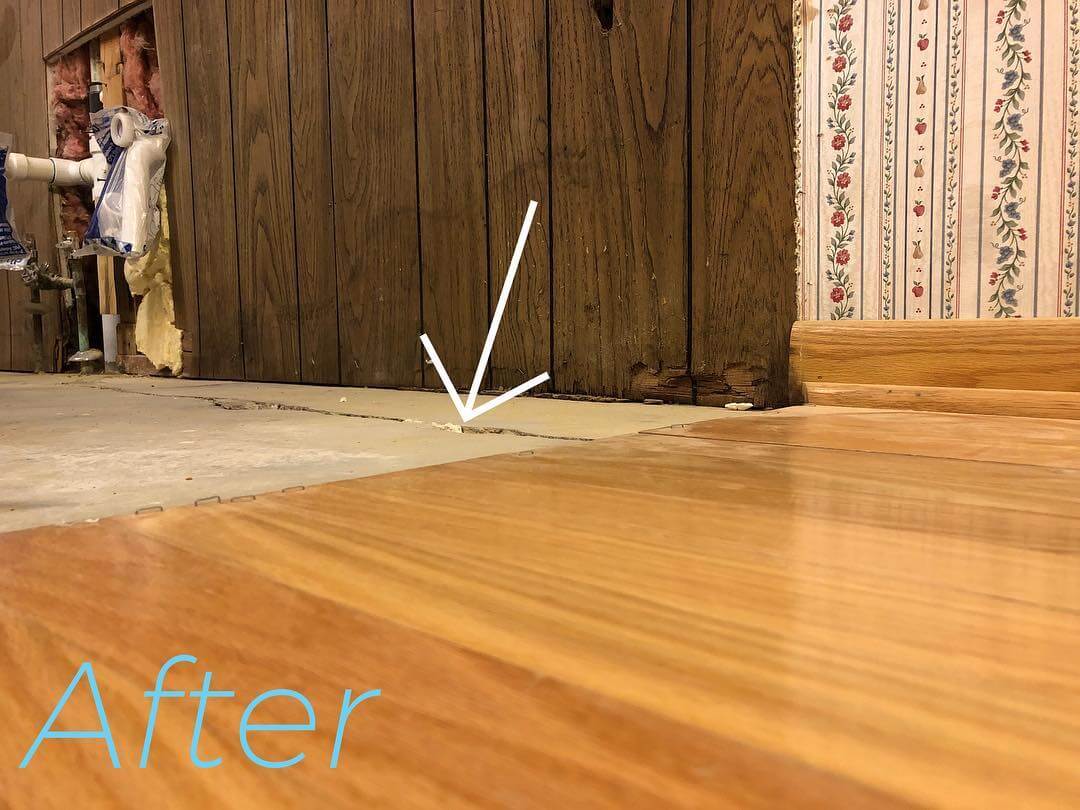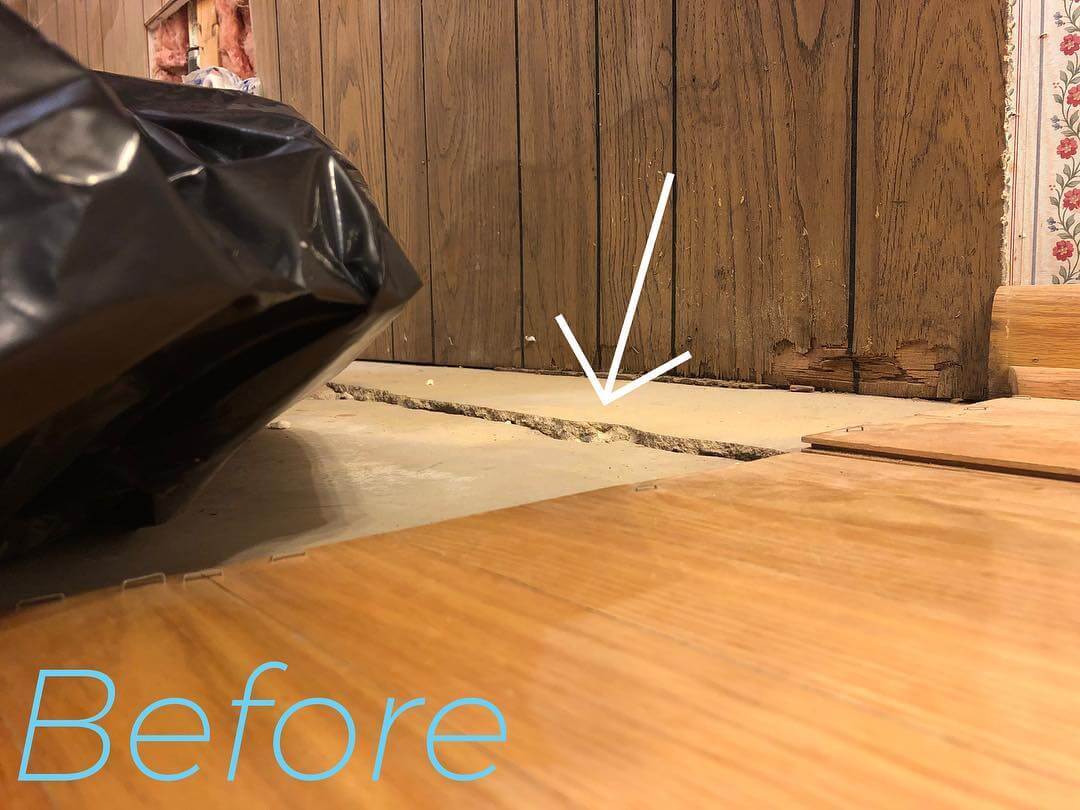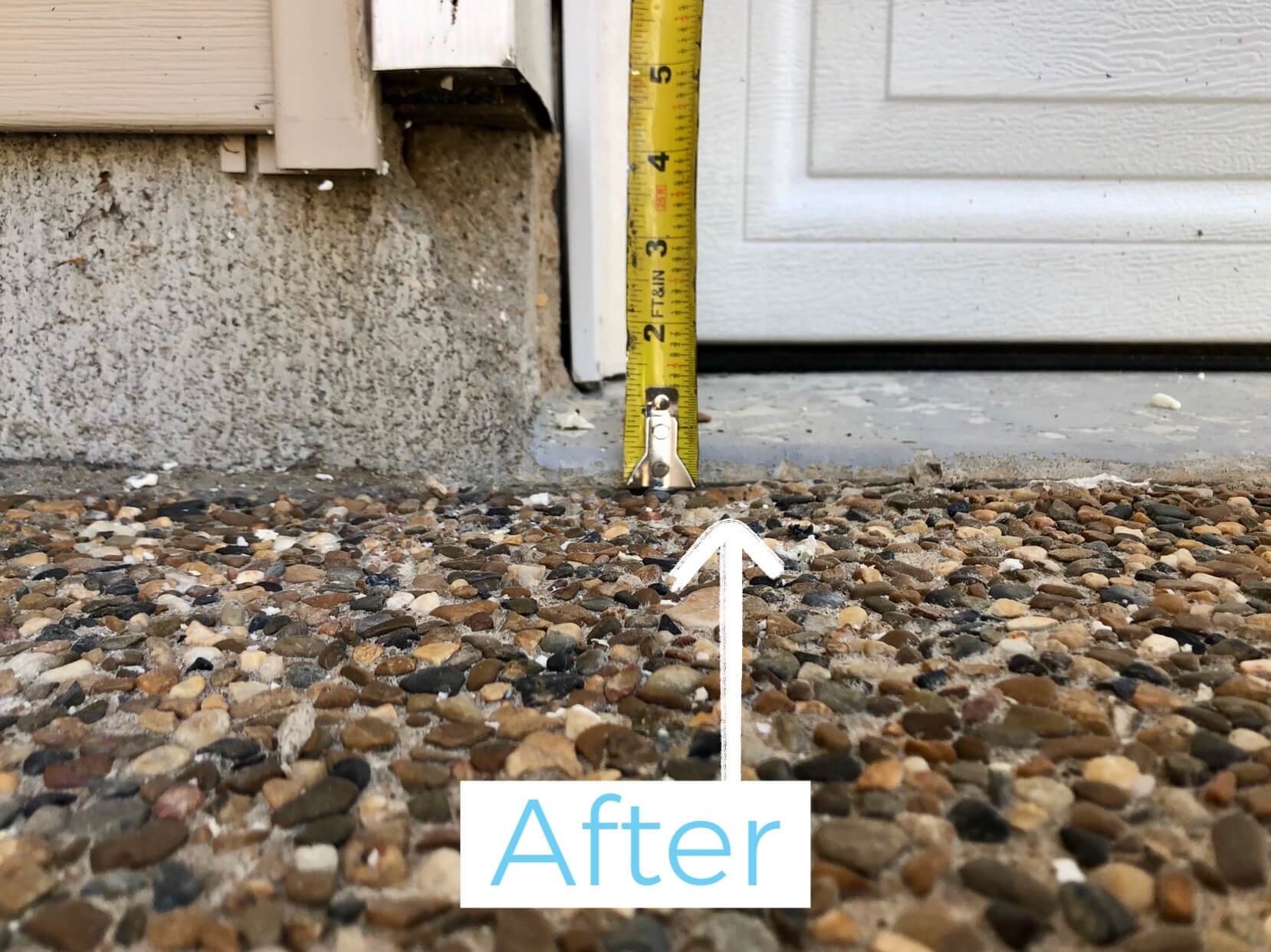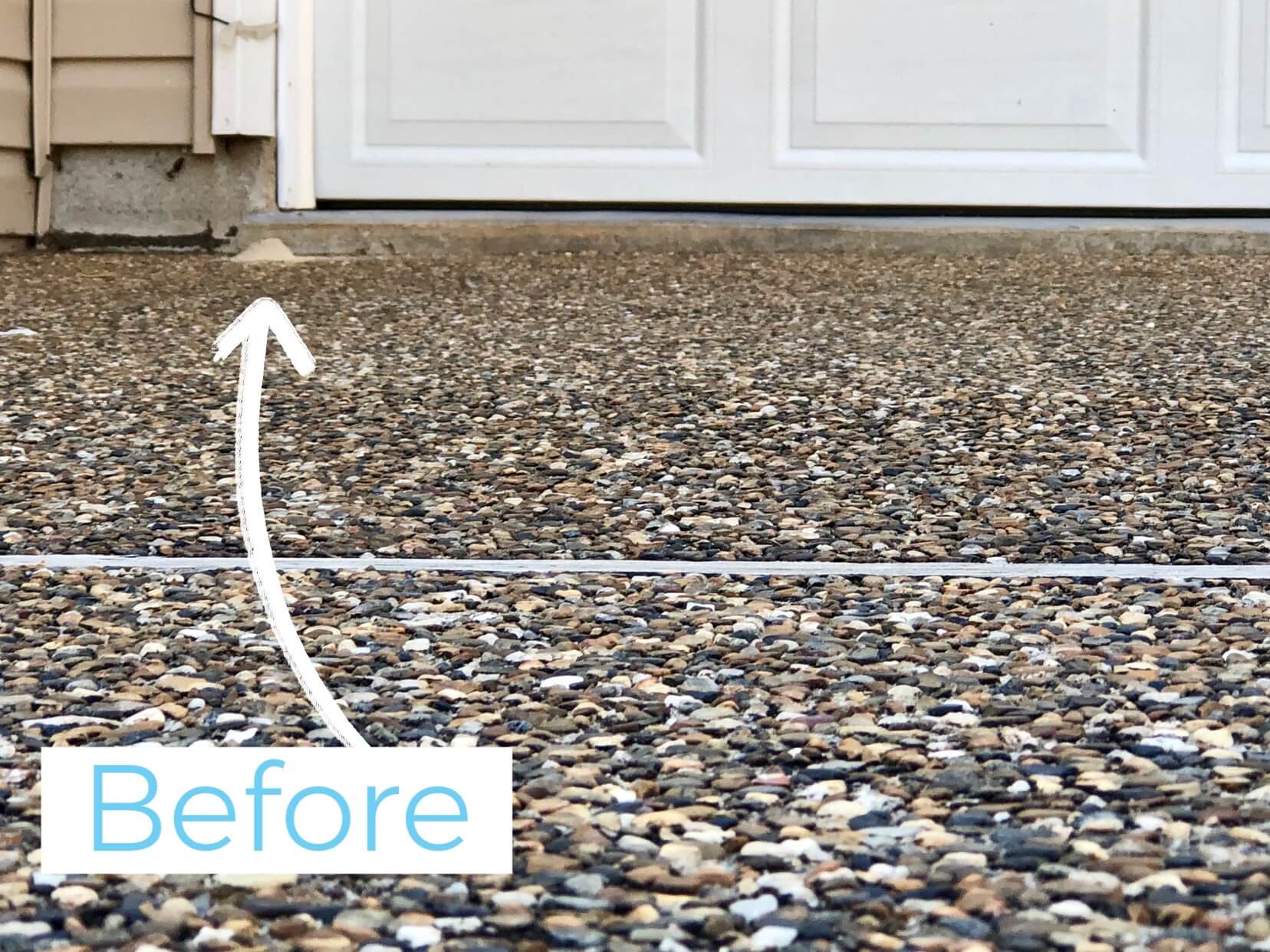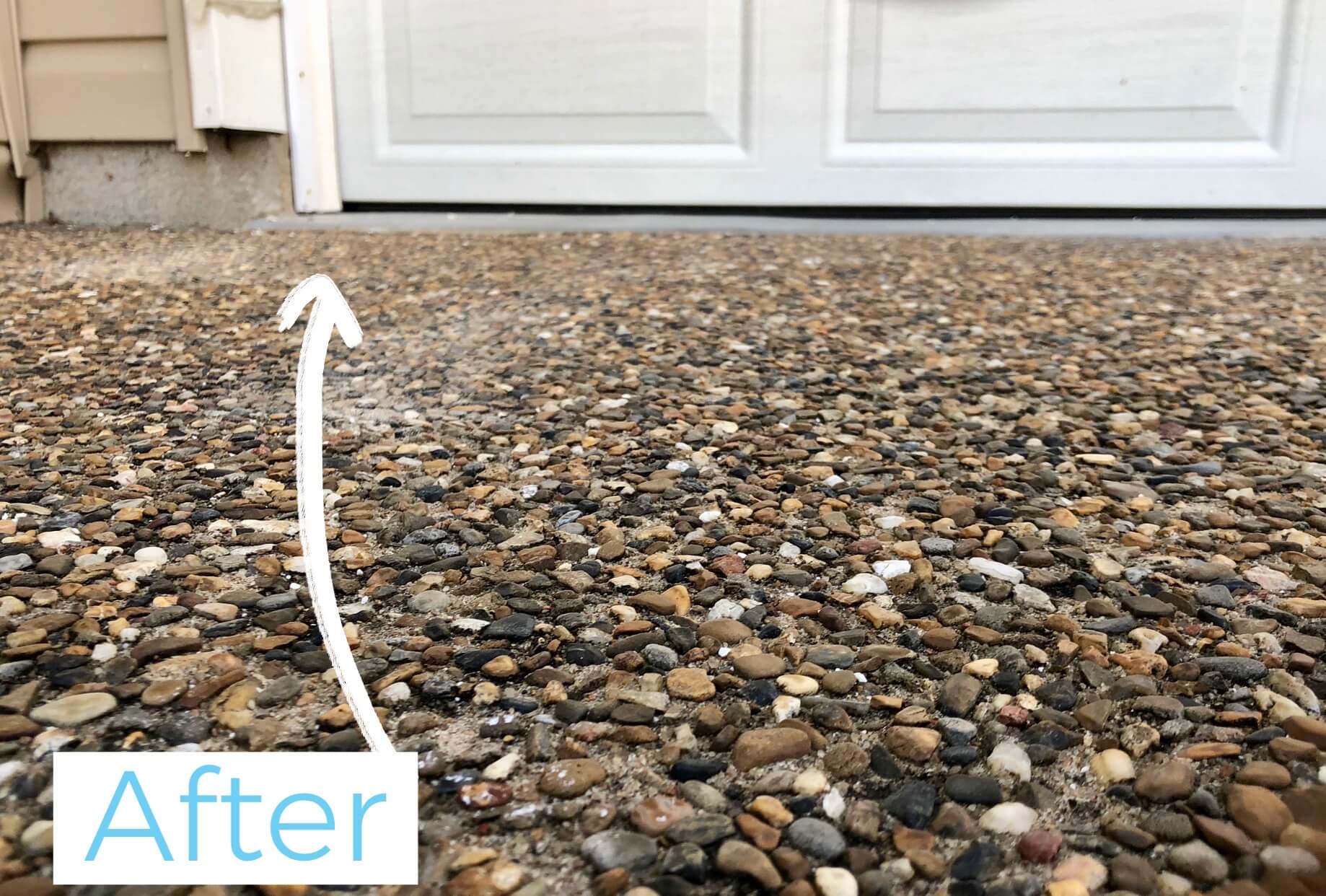What Causes Water Leaks In My Concrete?
Over time, aging concrete naturally decays. This process can happen faster when faced with extreme hot or cold temperatures.
Loose/unstable soil are also huge factors due to erosion, freeze and thaw cycles, poor compaction (decrease in soil volume/porosity), and soil decay/decomposition, and composition- the proper balance of mineral pieces, matter, air and water. When soil is unstable under a home, it fails to support the weight of the home and concrete, which in turn causes cracking and many other detrimental issues.
Poorly constructed homes can also lead to these cracks in the concrete if the initial building process of structure was not properly carried out.
How Does Polyurethane Foam Injection Seal Leaks?
Concrete can be permanently repair with polyurethane foam injection by using a 2-part solution that is injected into the affected concrete area. After the solution is injected, the pressure forces the material through all cracks, joints, and defective areas. The polyurethane foam solution then reacts rapidly to form a watertight seal in those areas. It takes about 30 minutes to cure, and as mentioned is resistant to ANY water entering that area again.
What Kind Of Water Leaks Can Polyurethane Foam Fix?
Whether it be a basement leak, hairline crack, a foundation leak that is gushing, or other defect- it can be sealed with our hydrophobic polyurethane foam products.



